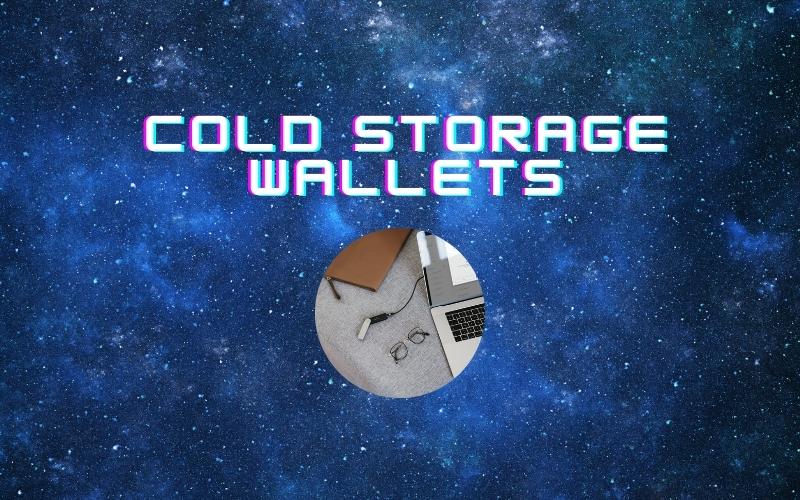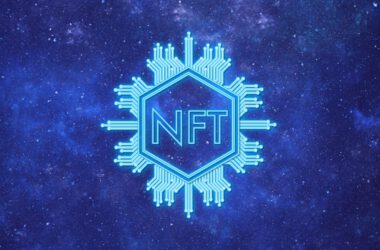Cold storage, also known as a cold wallet, is one of the most powerful tools to protect the ownership of cryptocurrency.
For play to earn, the most common approach is to use a browser extension wallet such as MetaMask, Phantom Wallet, BSC wallets or another specialized tool. This is also known as a hot wallet, because it is connected to the Internet. A hot wallet is thus much riskier, especially when it comes to play to earn.
A wallet, once connected, can perform multiple operations, and even follow the instructions in a malicious smart contract, to steal all assets in the wallet – both tokens and NFT collections.
What is a Cold Wallet
Cold wallets are, by definition, disconnected from the Internet. As such, they are less convenient, but are more secure.
Cold wallets can even be so called paper wallets, which are just printouts made safely of the private key. Cold wallets are usually generated offline, and are used for long-term storage.
Cold storage can be as simple as any permanent record of a seed or private key, which can then be used to regenerate and access the wallet for transactions.
What is a Hardware Wallet
A hardware wallet is a type of device that can be used for cold storage, but also connected as needed. Hardware wallets can store funds more safely and do not readily expose their private keys.
Hardware wallets connect to a desktop version of their hardware and can sign transactions, but keep the private keys in separate electronics and never communicate them to another device.
Hardware wallets include devices like KeepKey, Trezor and Nano, which support a series of coins and tokens. Hardware wallets can also protect NFTs, if they also support the underlying network, such as Ethereum.
Can Hardware Wallets Display NFTs
The native software of Trezor is still not displaying NFTs directly. A Trezor or another wallet can connect to MetaMask and possibly be used to move specific assets for immediate use.
The best protection is to have a wallet with few items to connect to games and NFT collections, while protecting the rest of the tokens and collections.
At the time of writing, users were reporting failed attempts to list NFT items from Trezor to OpenSea. Moving assets to MetaMask for listing or usage may be a workaround to the listing limitation.










